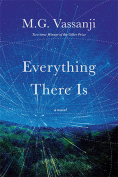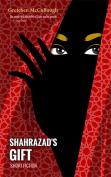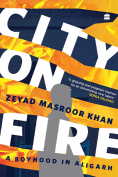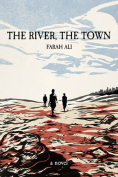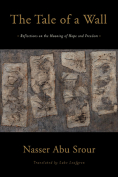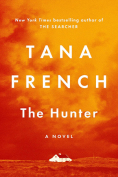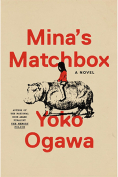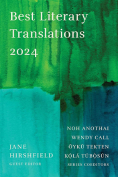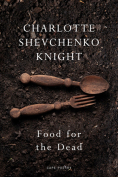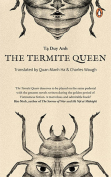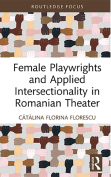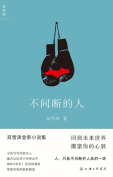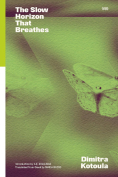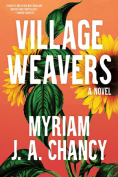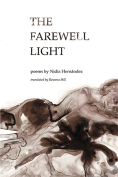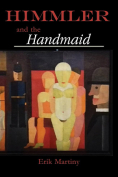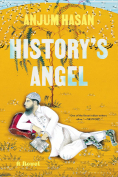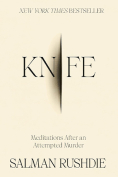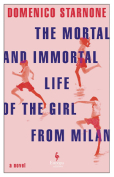The Hunter by Tana French
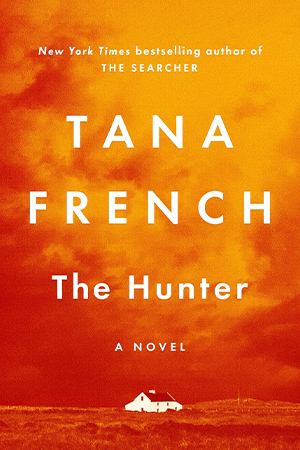 New York. Viking. 2024. 470 pages.
New York. Viking. 2024. 470 pages.
One appreciates a chronological narrative line, founded in characters and social context, gathering momentum as characters interact, discovering and revealing more about themselves. They can surprise us convincingly because we know their consistencies. Predicting behavior becomes a matter of hope and fear because we come to care for certain characters.
Three characters center The Hunter, two of them established in Tana French’s earlier novel, The Searcher (2020). Cal is a retired American policeman who has chosen to settle in a small Irish village where he is somewhat grudgingly accepted by the locals. Trey is a young teenager from a poor family, marginalized by the community. She has been taken in hand by Cal; both work as carpenters, restoring furniture. But she harbors resentment toward the community’s complicity in the disappearance of her brother, an event that occurred in The Searcher. Finally, there is Trey’s feckless father, Johnny, who shows up after several years’ absence with an Englishman in tow, set on selling the locals on the idea that there may be gold on their farmlands—or at least they can make it seem so, so that the Englishman will pay them to prospect.
Add in farmers of various abilities and attitudes and women who seem to carry the collective memory of the community. Add locations that are given character: the mountain, with its treacherous trails and hidden places, the parched fields, the tiny village with one store, a pub and a small police station. Characters speak and act as much because of where they are as who they are.
Because Cal wants to rescue Trey from her family, and her father’s influence, he invests in Johnny’s scheme to salt the river with bits of gold, allegedly to con the Englishman to want to prospect. The question of whether there might actually be gold in the land is left hanging, as does the question of whether Johnny’s scheme involves a double con, in which the locals are victimized. Trey becomes the wild card, pulled into helping her father, thinking she can control consequences and gain a measure of revenge on the community.
Cal, who has the integrity and strength to resolve some things, is thereby constrained by the community and his desire to keep Trey safe. The “ifs” and “alternatives” Cal and the other major characters face operate to trouble the reader, to the extent that one takes time out to speculate. One doesn’t want to finish the novel too quickly.
Toward the end, the rhythm of action within the novel’s counterpointed scenes accelerates. Much is compressed in the last pages. As the men of the community set out to punish one of its own, elsewhere there’s an admission of murder by—one hates to say it—a least likely character. The admission, a significant change in our perception of this character, is mediated by a listener, through whose eyes and thoughts we had conceived of this character throughout the novel. The listener accommodates to this change too quickly for this reader. Surprise outweighs belief. Yet, as in Dickens, we are hurried forward by actions that necessarily follow the admission.
Having mastered and deepened the standard police procedural up to The Witch Elm, Tana French once again continues her mastery of mainstream fiction. Or, more accurately, the borders between the two were always permeable for her. The crimes that occur in both genres serve to open up a thorough analysis of character and community mores that shape her plots.
W. M. Hagen
Oklahoma Baptist University
